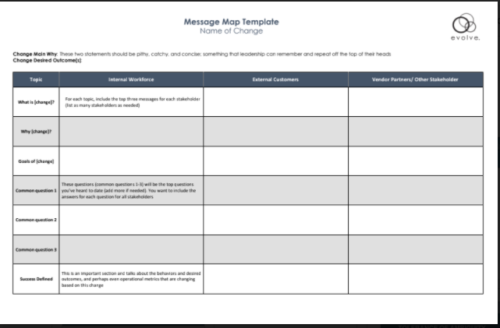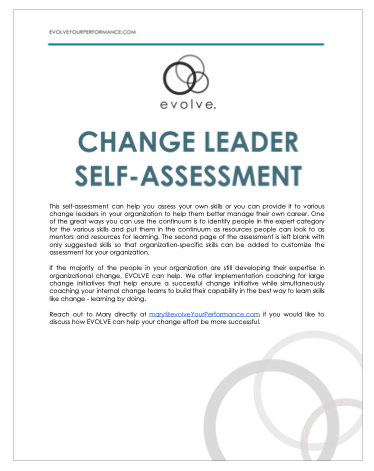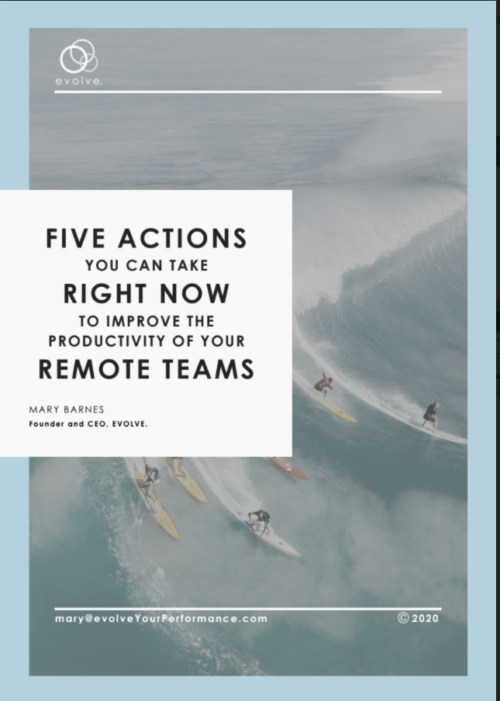-
 Creating a change charter is a great way to make sure everyone is on the same page before the change gets started. This should not be something that takes forever to write or get approved, it should just be an internal document that makes roles, responsibilities, change goals, and a few other things clear.
Creating a change charter is a great way to make sure everyone is on the same page before the change gets started. This should not be something that takes forever to write or get approved, it should just be an internal document that makes roles, responsibilities, change goals, and a few other things clear. -
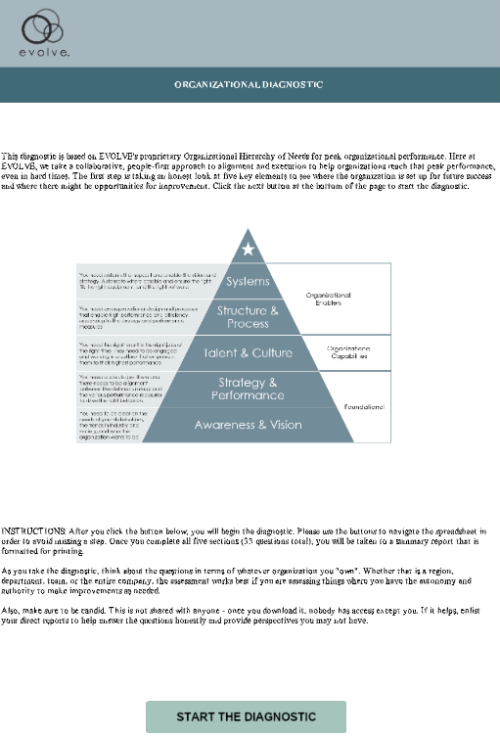 This diagnostic is based on EVOLVE's proprietary Organizational Hierarchy of Needs for peak organizational performance. Here at EVOLVE, we take a collaborative, people-first approach to alignment and execution to help organizations reach that peak performance, even in hard times. The first step is taking an honest look at five key elements to see where the organization is set up for future success and where there might be opportunities for improvement. Click the next button at the bottom of the page to start the diagnostic.
This diagnostic is based on EVOLVE's proprietary Organizational Hierarchy of Needs for peak organizational performance. Here at EVOLVE, we take a collaborative, people-first approach to alignment and execution to help organizations reach that peak performance, even in hard times. The first step is taking an honest look at five key elements to see where the organization is set up for future success and where there might be opportunities for improvement. Click the next button at the bottom of the page to start the diagnostic. -
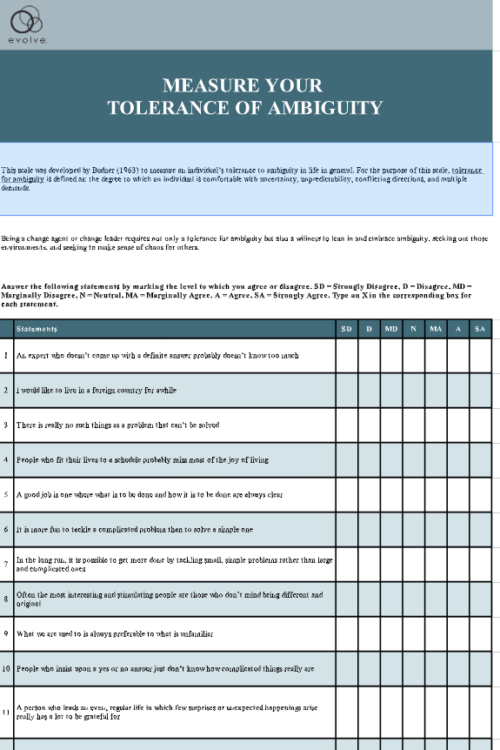 This scale was developed by Budner (1963) to measure an individual’s tolerance to ambiguity in life in general. For the purpose of this scale, tolerance for ambiguity is defined as: the degree to which an individual is comfortable with uncertainty, unpredictability, conflicting directions, and multiple demands.
This scale was developed by Budner (1963) to measure an individual’s tolerance to ambiguity in life in general. For the purpose of this scale, tolerance for ambiguity is defined as: the degree to which an individual is comfortable with uncertainty, unpredictability, conflicting directions, and multiple demands. -
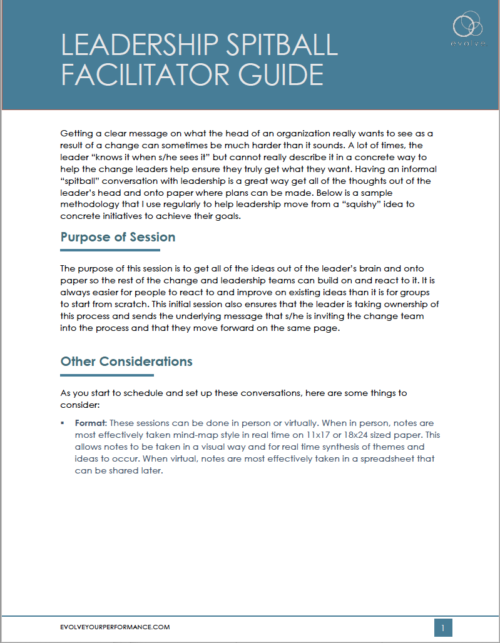
Getting a clear message on what the head of an organization really wants to see as a result of a change can sometimes be much harder than it sounds. A lot of times, the leader “knows it when s/he sees it” but cannot really describe it in a concrete way to help the change leaders help ensure they truly get what they want. Having an informal “spitball” conversation with leadership is a great way get all of the thoughts out of the leader’s head and onto paper where plans can be made.
-
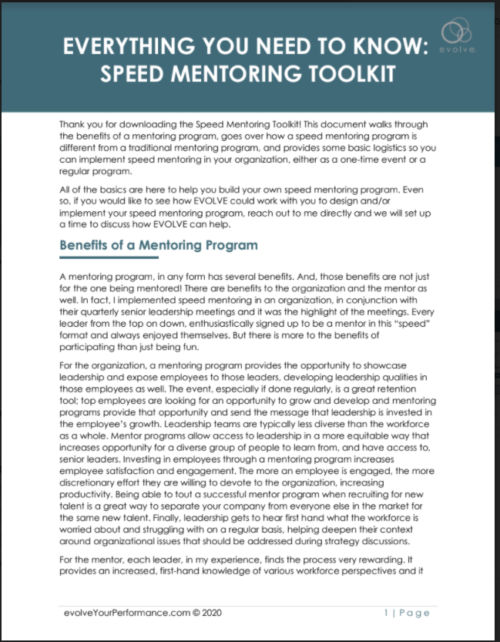 A mentoring program, in any form has several benefits. And, those benefits are not just for the one being mentored! There are benefits to the organization and the mentor as well. In fact, I implemented speed mentoring in an organization, in conjunction with their quarterly senior leadership meetings and it was the highlight of the meetings. Every leader from the top on down, enthusiastically signed up to be a mentor in this “speed” format and always enjoyed themselves. But there is more to the benefits of participating than just being fun.
A mentoring program, in any form has several benefits. And, those benefits are not just for the one being mentored! There are benefits to the organization and the mentor as well. In fact, I implemented speed mentoring in an organization, in conjunction with their quarterly senior leadership meetings and it was the highlight of the meetings. Every leader from the top on down, enthusiastically signed up to be a mentor in this “speed” format and always enjoyed themselves. But there is more to the benefits of participating than just being fun. -
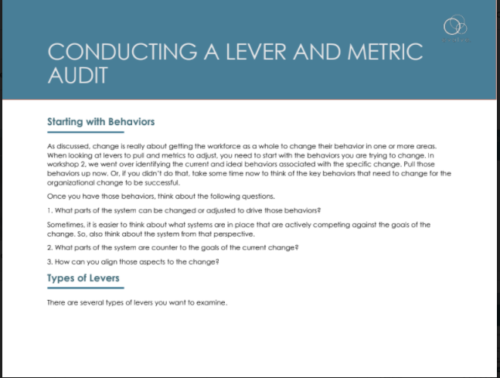 As discussed, change is really about getting the workforce as a whole to change their behavior in one or more areas. When looking at levers to pull and metrics to adjust, you need to start with the behaviors you are trying to change. In workshop 2, we went over identifying the current and ideal behaviors associated with the specific change. Pull those behaviors up now. Or, if you didn’t do that, take some time now to think of the key behaviors that need to change for the organizational change to be successful.
As discussed, change is really about getting the workforce as a whole to change their behavior in one or more areas. When looking at levers to pull and metrics to adjust, you need to start with the behaviors you are trying to change. In workshop 2, we went over identifying the current and ideal behaviors associated with the specific change. Pull those behaviors up now. Or, if you didn’t do that, take some time now to think of the key behaviors that need to change for the organizational change to be successful. -
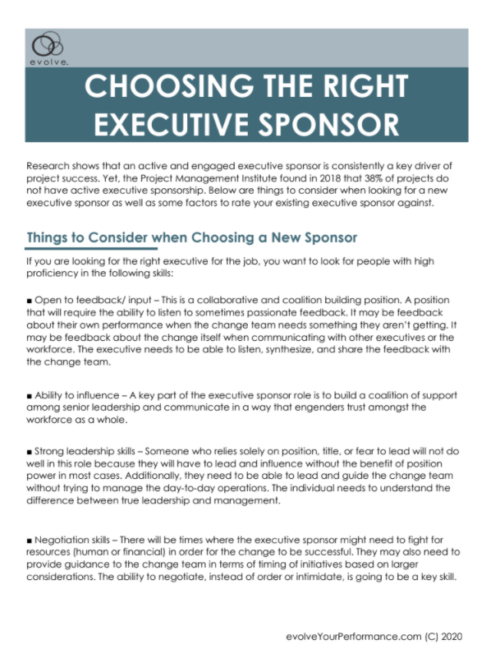 Research shows that an active and engaged executive sponsor is consistently a key driver of project success. Yet, the Project Management Institute found in 2018 that 38% of projects do not have active executive sponsorship. Below are things to consider when looking for a new executive sponsor as well as some factors to rate your existing executive sponsor against.
Research shows that an active and engaged executive sponsor is consistently a key driver of project success. Yet, the Project Management Institute found in 2018 that 38% of projects do not have active executive sponsorship. Below are things to consider when looking for a new executive sponsor as well as some factors to rate your existing executive sponsor against. -
 Change can be squishy. And yet, measuring change is a key success factor for any change for several reasons. Measuring success makes it easier to justify investment in proper change management in the first place. Also, measuring the progress of change makes it easier to evaluate and adjust various change interventions if they are not making the desired impact to the degree anticipated. Each change is different and the scorecard metrics need to be customized for the specific change being implemented. Some changes, like IT implementation, are easier than others, like a culture change. However, all change can be measured. The leadership spitball conversation is a good place to start for ideas on what success looks like for the leader(s). Then you can figure out how to quantitatively measures those factors for success. Below are some ideas for the four catergories included in the change scorecard.
Change can be squishy. And yet, measuring change is a key success factor for any change for several reasons. Measuring success makes it easier to justify investment in proper change management in the first place. Also, measuring the progress of change makes it easier to evaluate and adjust various change interventions if they are not making the desired impact to the degree anticipated. Each change is different and the scorecard metrics need to be customized for the specific change being implemented. Some changes, like IT implementation, are easier than others, like a culture change. However, all change can be measured. The leadership spitball conversation is a good place to start for ideas on what success looks like for the leader(s). Then you can figure out how to quantitatively measures those factors for success. Below are some ideas for the four catergories included in the change scorecard. -
 This self-assessment can help you assess your own skills or you can provide it to various change leaders in your organization to help them better manage their own career. One of the great ways you can use the continuum is to identify people in the expert category for the various skills and put them in the continuum as resources people can look to as mentors and resources for learning. The second page of the assessment is left blank with only suggested skills so that organization-specific skills can be added to customize the assessment for your organization.
This self-assessment can help you assess your own skills or you can provide it to various change leaders in your organization to help them better manage their own career. One of the great ways you can use the continuum is to identify people in the expert category for the various skills and put them in the continuum as resources people can look to as mentors and resources for learning. The second page of the assessment is left blank with only suggested skills so that organization-specific skills can be added to customize the assessment for your organization.
